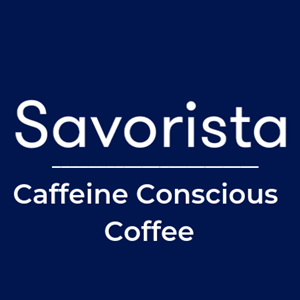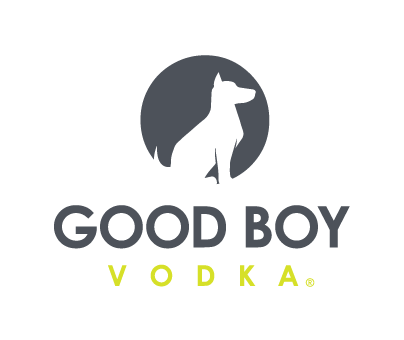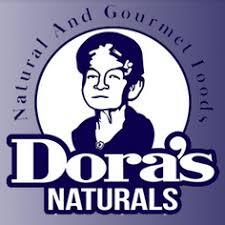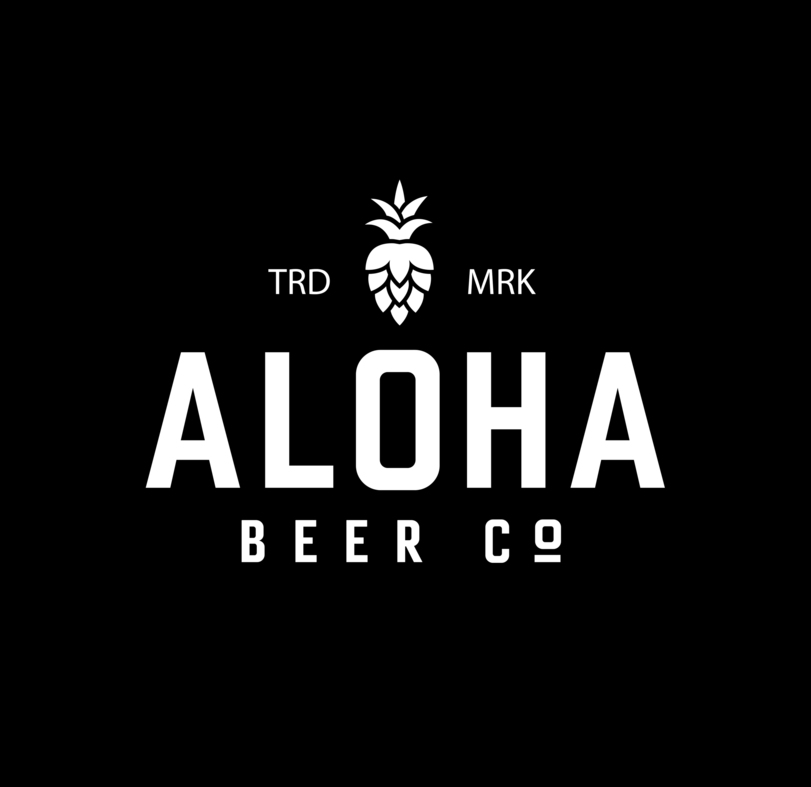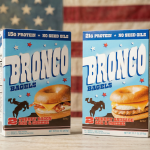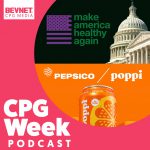Savorista On A Mission To Destigmatize Decaf

Husband-and-wife duo Kaitlyn Brown and Daniel Fernandes believe the benefits of a cup of coffee go deeper than its caffeine-kick. In 2019 the pair founded Savorista, a brand dedicated to producing premium, naturally decaffeinated coffee, which now spans a product range that includes packaged coffee and single-serve individual pourover kits. Brown said her mission with Savorisita is to create a more “caffeine-conscious” world by changing the stigma towards coffee’s less-loved, alter ego – decaf.
According to Caffeine Informer, the United States ranks 11th globally for caffeine consumption with the average person consuming over three cups per day – about 200 mg of caffeine. However, according to a poll conducted by Statista almost half of coffee drinkers consume it for the taste compared to only 26 percent who drink coffee for the energy boost.
“It’s not always the right choice for someone to go totally without caffeine and Savorista is definitely not anti-caffeine,” said Brown. “We are really trying to promote more mindfulness, thoughtfulness and intentionality around caffeine consumption in similar ways that people are being conscious of consuming meat, sugar, dairy or other things they are moderating and not totally cutting out.”
What is Savorista doing?
Savorista promotes ‘caffeine consciousness’ by increasing accessibility to “good decaf,” a plan Brown hopes will be amplified with the introduction of its single-serve pourover kits. The pour overs are Savorista’s answer to the Keurig K-Cup, allowing the consumer to brew one mug at a time. Available in decaf and ‘half-caf’ varieties, Savorista’s kits don’t require any special brewing equipment – all you need is the pouch, a mug and some hot water.
“It opens up a lot of potential to expand into other channels where single-serve packaging might make sense,” explained Brown. “Whether that is related to travel or offices, the single-serve allows you to have a cup of coffee at home, take it to go, or if you are going to a conference you know will have bad decaf, you can easily bring your own and just use the hot water. It makes it much more accessible for coffee lovers to have decaf or half-caf wherever they are at any time.”
Savorista’s half-caffeine option is made with a blend of decaffeinated and full caffeinated coffee beans, giving consumers a moderately caffeinated option whether they are transitioning caffeine out of their diet or simply looking to cut back, said Brown.
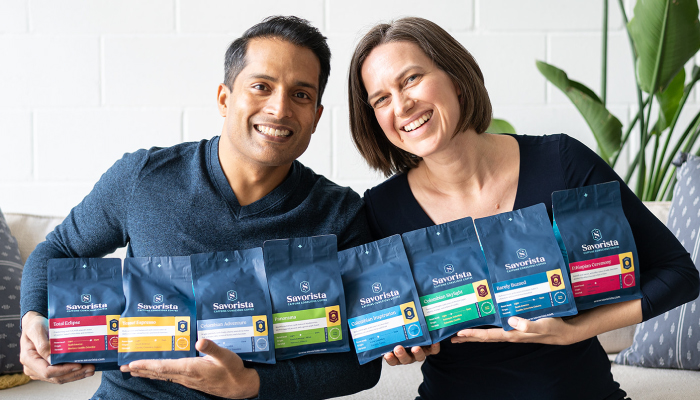
Why drink decaf?
The co-founder’s own transition to decaf came more from necessity than desire during a time she said she was working 19-hour days as a consultant, struggling with anxiety and coping with her father’s cancer diagnosis all while consuming endless cups of coffee throughout the day. Brown explained how she became sleep deprived and stuck in an endless cycle of caffeine overdrive and withdrawal forcing her to consider cutting out caffeine entirely.
However, a year after making the switch to decaf, Brown still wasn’t satisfied with the lower caffeine options readily available, so she and Fernandes went on trips to Colombia and East Africa in search of a decaf that could hold its own against its caffeinated counterpart. The pair found it during a blind taste test in Colombia and later packaged it as their Colombian Inspiration (San Agustin) Decaf. According to Brown, this coffee set the standard for all of Savorista’s products to be “astonishingly good,” and not just “astonishingly good for decaf.”
This summer Savorista made its retail debut at three Dorothy Lane Market locations in Ohio and is shifting its focus to expand its presence at retail while developing partnerships with restaurants and coffee shops. Brown said the focus on D2C was essential to growing the brand especially over the past year and validated that there was a demand for high-quality decaf.
“People were really stressed during the pandemic and were really excited about options that still allowed them to enjoy the comfort of coffee but not amp up their cortisol levels and enhance their stress,” said Brown. “We were fortunate that we were able to serve people at home and send out coffee to people wherever they are.”
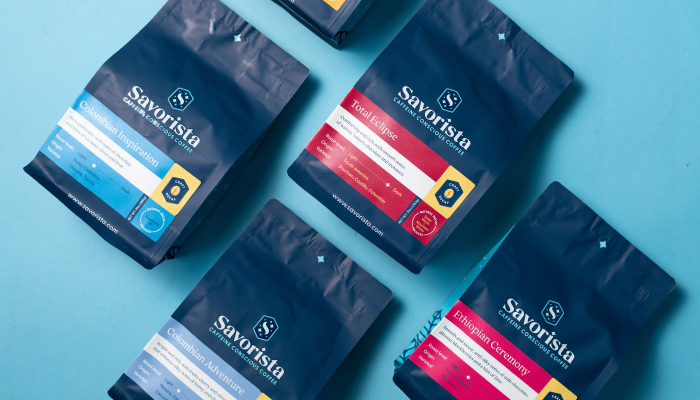
What makes this decaf different?
The majority of Savorista’s coffees are decaffeinated using the Swiss Water Process which draws the caffeine out of green coffee beans using water, green coffee extract and carbon filters. However, Brown explained they also use another method through Colombia-based partner Descafecol that extracts ethyl acetate from sugarcane to draw the caffeine out of the beans.
Both processes used by Savorista feature only natural ingredients; in contrast, coffee is usually decaffeinated using chemicals that alter the taste of the beans, such as methylene chloride, which the EPA has banned in paint thinner. In addition to the chemical’s effect on the beans natural flavors, Brown said that most decaf coffee is made with older or low-quality beans which only continues to perpetuate decaf’s reputation as sub-standard.
“There is so much stigma attached to decaf,” stated Brown. “Whether it is the death before decaf memes that are around, or even more broadly this idea that you aren’t a real coffee lover if you aren’t drinking it for the caffeine. Really there are so many coffee lovers out there that love the flavors, the ritual, the comfort and the warmth and part of changing that stigma is actually offering something that tastes good.”

